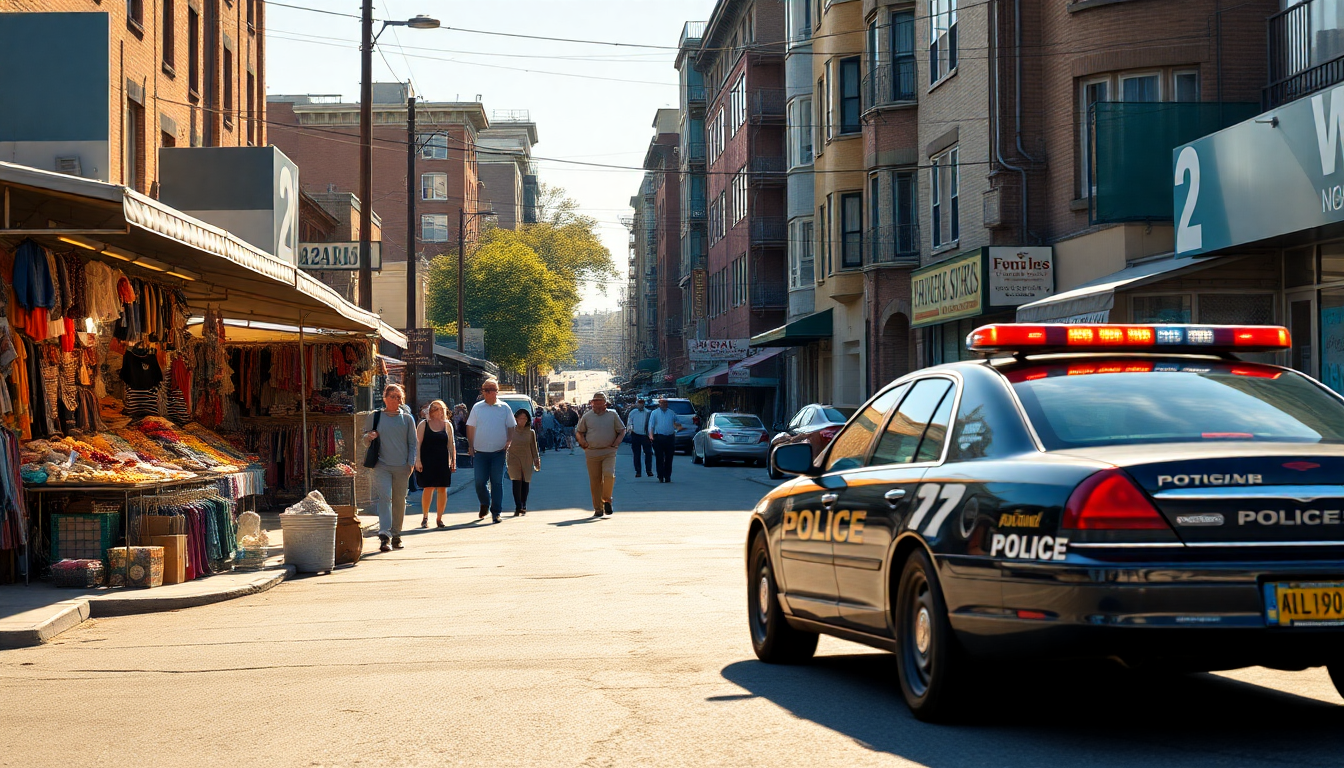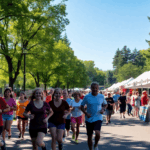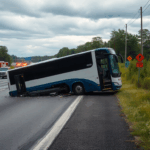Table of Contents
The bustling streets of Queens, especially along Roosevelt Avenue, have long held a reputation for illicit activities, including a well-known open-air sex market. However, recent police efforts are showing promising results, with crime rates in the area on the decline.
It seems law enforcement is taking meaningful steps to tackle these persistent issues. But as we celebrate progress, it’s important to recognize that challenges remain—many of these illicit activities are merely relocating to nearby streets and vehicles. How can a community truly reclaim its streets?
Current Crime Trends and Police Initiatives
According to the latest reports from the NYPD, crime rates along Roosevelt Avenue have dropped by an impressive 28% this year. This significant achievement is largely thanks to a dedicated operation known as Operation Restore Roosevelt. The initiative aims to bring safety back to an area that has, unfortunately, become synonymous with the migrant sex trade and various illegal activities.
Mayor Eric Adams has emphasized the need to address the violent involvement of illegal migrants, especially highlighting the impact of local gangs like the 18th Street Gang.
Adams stated, “We zeroed in on them and were successful in taking them down with our federal partners.” This collaborative approach between local and federal law enforcement has yielded results, with around 2,500 arrests made this year—nearly 400 of which are related to the sex trade.
Officers have also issued around 28,000 citations and confiscated numerous illegal scooters and mopeds, which underscores the comprehensive nature of this crackdown. Isn’t it encouraging to see such efforts aimed at restoring community safety?
However, despite these victories, Deputy Mayor Kaz Daughtry has pointed out that as police focus their efforts on Roosevelt Avenue, some illicit activities have merely shifted to side streets or even inside parked vehicles.
This adaptive behavior poses a persistent challenge for law enforcement, who must remain vigilant to ensure that the progress achieved doesn’t get undermined by the migration of criminal activities. What’s the next step for a community striving for lasting change?
Community Impact and the Ongoing Struggle
The transformation of Roosevelt Avenue into a virtual red-light district has not gone unnoticed by residents and local business owners. Many have voiced concerns over the continued presence of sex workers and the illegal activities that have plagued the area. While the NYPD’s crackdown is a welcome change for those who have felt overwhelmed by lawlessness, the shifting nature of these activities raises questions about the long-term effectiveness of such initiatives. Can we truly address the underlying issues at play?
NYPD Commissioner Jessica Tisch remarked, “For too long, Roosevelt Avenue was overwhelmed by illegal activity—from prostitution to unlicensed vendors to violent gangs operating in plain sight. This isn’t about quick fixes; it’s about long-term commitment.” Her statement highlights the necessity of sustained efforts to not only reduce crime but also to foster a safer environment for all residents. It’s a complex issue that requires a holistic approach.
Although the community has witnessed a decline in overt illegal activities along Roosevelt Avenue, the fact that sex workers are now operating in vehicles nearby serves as a stark reminder of the complexity of the issue. Law enforcement faces the ongoing challenge of addressing not just the symptoms of crime but the underlying factors that contribute to its existence in the first place. What would it take to truly turn the tide?
Looking Ahead: Strategies for a Safer Community
As Queens moves forward, it’s crucial for law enforcement and community stakeholders to collaborate on strategies that tackle both the immediate and long-term challenges posed by crime in the area. Engaging with local residents and businesses can provide invaluable insights into the effectiveness of current initiatives and highlight areas that may require further attention. Isn’t community involvement key to creating lasting change?
Moreover, increasing community outreach and support services for those involved in the sex trade could help address the root causes of this illicit economy. By focusing on rehabilitation and support, authorities can work towards reducing the factors that compel individuals to engage in such activities. How can we ensure that those affected are offered paths to a better future?
In summary, while significant progress has been made in reducing crime along Roosevelt Avenue, the ongoing challenges demand a multifaceted approach. By combining enforcement with community engagement and support initiatives, Queens can aspire to create a safer, more vibrant environment for all its residents. Isn’t that the ultimate goal we should all strive for?





